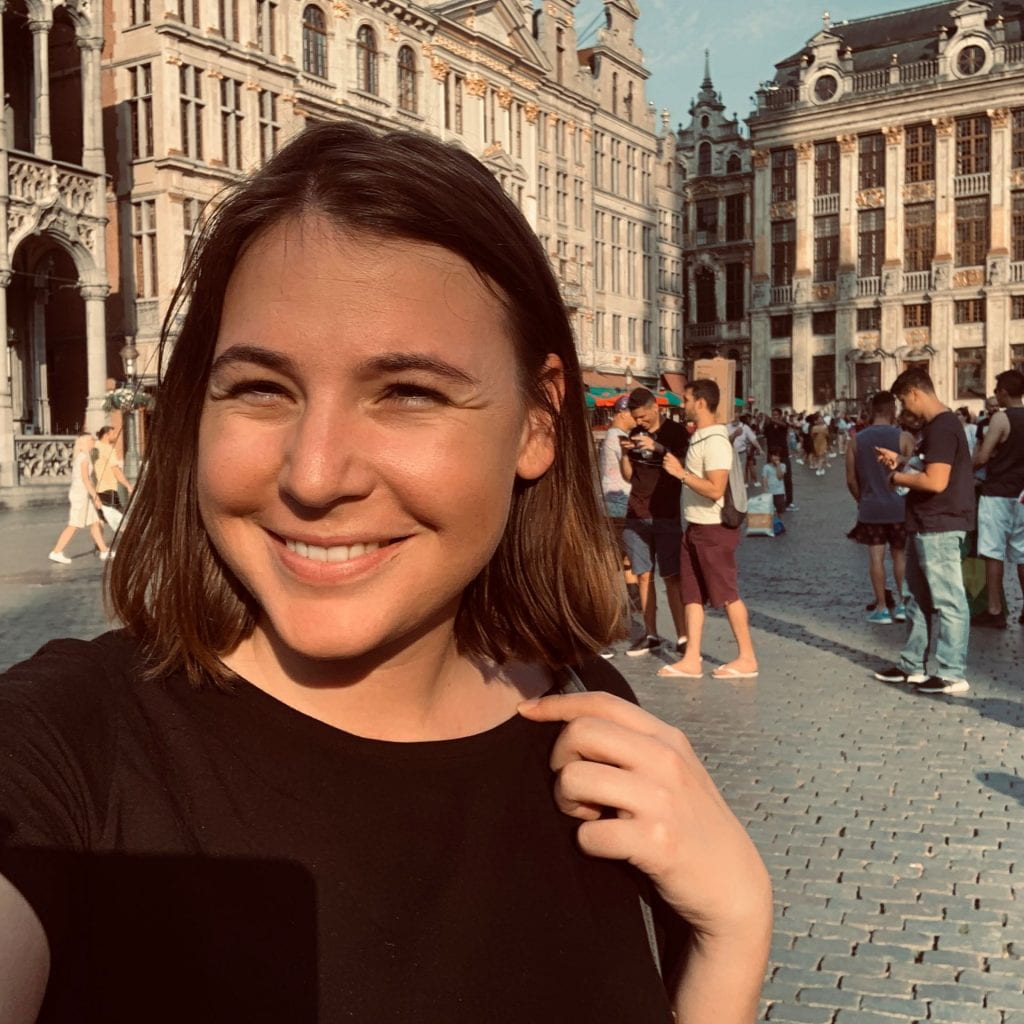I first encountered TPACK as part of my undergraduate degree in primary education. Like many other frameworks introduced in an undergraduate teaching degree, it is easy to develop a thorough theoretical understanding however much more difficult to understand its application and practicality in a classroom setting.
One of my first ever classroom positions was working as a Prep teacher in an international school. The unique challenges of teaching in the early years and in an ESL environment resulted in me pretty much forgetting about the model completely. I was more focused on developing my understanding of literacy and language development and early learning theories.
It wasn’t until I felt more confident as an early years teacher (stronger understanding of early years pedagogical content knowledge) that I began to introduce technology into my teaching. I wanted to leverage the technology available to create a 21st century learning environment. I had access to a smartboard and projector and 8 iPads.As I began to plan and explore how I could use these resources I immediately recalled the TPACK framework and its counterpart SAMR by Ruben Puentedura. After doing some quick re-reading, I used the framework as a reflective tool and created a professional goal to develop my Technological content (TCK) and Technological pedagogical knowledge (TPK).
How can I leverage technology in the classroom to engage learners, make learning accessible and enhance learners understanding of concepts and content?
Using self-motivated exploration and inquiry I started to explore how I could achieve this goal. I watched YouTube tutorials, engaged in professional dialogue with colleagues and worked collaboratively with students to explore the technologies together. These were some of the results.
- Smartboard & Projector
- Handwriting demonstrations and shared writing experiences
- Model drawing tasks

- Use in conjunction with behaviour management platforms like Class Dojo.
- Interactive games for introducing content and shared learning experiences (abcya.com)
- Instructional/educational videos with enhanced quiz features (edPuzzle).
- iPads
- Incorporate as part literacy rotations for speaking and listening activities (use with headphones)
- Use differentiated apps for teaching literacy and numeracy concepts to a range of students with different abilities.
- Use SAMR model to find suitable apps that enhance learning, rather than just act a substitution. (AR/VR alphabet app)
- Students using video recording to document learning experiences.
These were just some of the many ways I integrated technology into the classroom with intention of engaging students, enhancing learning and making learning accessible. In addition to building rapport with my students as we worked together to explore the technology, I developed a stronger understanding of TCK and TPK. I also found that the TPACK framework very useful in equipping me with the language needed to explain to my colleagues and line manager what I was doing in the classroom. Ideally, this language and knowledge exchange could have gone on to form the basis of developing stronger communities of practice.
References:
Chai, C. S., Koh, E., Lim, C. P., & Tsai, C. C. (2014). Deepening ICT integration through multilevel design of technological pedagogical content knowledge. Journal of Computers in Education, 1(1), 1-17.
Hunter, J. (2015). Technology integration and high possibility classrooms: Building from TPACK. Routledge.
Puentedura, R. (2010). SAMR and TPCK: Intro to advanced practice. Retrieved February, 12, 2013.

Leave a Reply